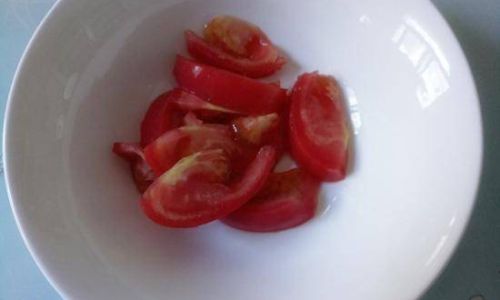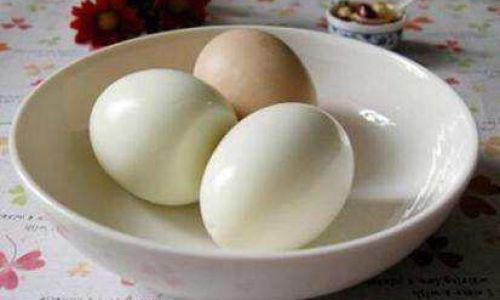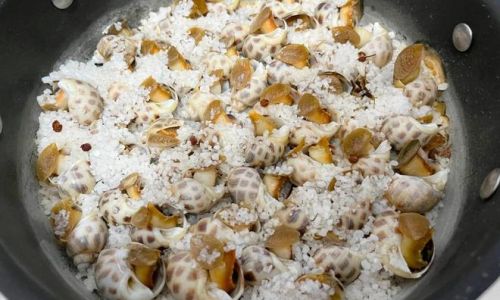Table of content
Cooking meatballs can be a delightful culinary experience, offering a juicy, flavorful, and versatile dish suitable for various meals, from hearty dinners to appetizers at gatherings. However, achieving the perfect texture and ensuring that your meatballs are cooked through without drying out can be a bit of a challenge, especially if you’re unsure how long to cook them. This comprehensive guide aims to demystify the cooking time for meatballs, exploring different cooking methods, factors that influence cooking duration, and tips for ensuring your meatballs turn out perfectly every time.
Understanding the Basics of Cooking Meatballs
Before diving into specific cooking times, it’s essential to understand the fundamental principles behind cooking meatballs. Meatballs are typically made from a mixture of ground meat (such as beef, pork, chicken, turkey, or a combination), binders like breadcrumbs or eggs, seasonings, and sometimes dairy or liquid ingredients to keep them moist. The goal when cooking meatballs is to reach an internal temperature that kills any harmful bacteria while maintaining a tender, juicy texture.
Factors Influencing Cooking Time
Several variables can affect how long it takes to cook meatballs, including:

-
Size of the Meatballs: Larger meatballs will take longer to cook than smaller ones because heat needs more time to penetrate the center.
-
Composition of the Mixture: The ratio of meat to binders and moisture content can impact cooking time. Meatballs with more binders or higher moisture content may cook faster and remain juicier.
-
Cooking Method: Whether you’re simmering meatballs in a sauce, baking them in the oven, grilling them, or using an air fryer, each method has its own cooking time and can influence the final texture and flavor.
-
Starting Temperature: If meatballs are cooked from frozen, they will take longer to reach a safe internal temperature compared to those cooked from thawed or fresh states.

-
Internal Temperature: The USDA recommends cooking ground meats to an internal temperature of 160°F (71°C) to ensure safety. Using a food thermometer is the most accurate way to check doneness.
Cooking Methods and Estimated Times
Stovetop Simmering
Simmering meatballs in a sauce is a classic method that not only cooks the meatballs but also allows them to absorb flavors from the sauce. Here’s how to do it:
- Preparation: Form meatballs to your desired size. If you’re using a store-bought mix, follow the package instructions for shaping.
- Heating the Sauce: Bring your chosen sauce (tomato sauce, gravy, broth, etc.) to a gentle simmer in a large pot or skillet.
- Adding Meatballs: Carefully drop the meatballs into the simmering sauce, ensuring they are not overcrowded. If necessary, cook in batches.
- Cooking Time: For meatballs approximately 1.5 to 2 inches in diameter, simmer for about 15-20 minutes, or until they reach an internal temperature of 160°F (71°C). Larger meatballs may need up to 30 minutes.
- Gentle Stirring: Occasionally stir the sauce gently to prevent sticking and ensure even cooking.
Oven Baking
Baking meatballs in the oven is a straightforward method that allows for even cooking and easy cleanup.
- Preheat the Oven: Preheat your oven to 375°F (190°C).
- Preparation and Spacing: Place formed meatballs on a baking sheet lined with parchment paper or a silicone baking mat, ensuring they are not touching.
- Baking Time: Bake for about 20-25 minutes for meatballs 1.5 to 2 inches in diameter, or until they reach an internal temperature of 160°F (71°C). Larger meatballs may require up to 35 minutes.
- Turning (Optional): For even browning, you can turn the meatballs halfway through baking, but this is not strictly necessary.
Grilling
Grilling meatballs adds a smoky, charred flavor that many people love.

- Preheat the Grill: Preheat your grill to medium-high heat.
- Preparation: Thread meatballs onto soaked bamboo or metal skewers to prevent burning.
- Grilling Time: Grill meatballs for about 8-10 minutes per side, or until they reach an internal temperature of 160°F (71°C) and have nice grill marks.
- Monitoring: Keep a close eye on the meatballs to prevent them from burning. Use tongs to turn them gently.
Air Frying
The air fryer is a modern kitchen gadget that offers a healthier way to cook meatballs with minimal oil.
- Preheat the Air Fryer: Preheat to 375°F (190°C).
- Preparation: Place formed meatballs in the air fryer basket in a single layer, ensuring they are not overcrowded.
- Cooking Time: Cook for about 12-15 minutes for meatballs 1.5 to 2 inches in diameter, shaking the basket halfway through to ensure even cooking. Larger meatballs may need up to 20 minutes.
- Checking Doneness: Use a food thermometer to ensure an internal temperature of 160°F (71°C).
Tips for Perfect Meatballs
-
Chill the Mixture: Refrigerating the meatball mixture for at least 30 minutes before shaping can help the meatballs hold their shape better during cooking.
-
Don’t Overmix: Overmixing the meatball mixture can lead to dense, tough meatballs. Mix until just combined.
-
Use a Food Thermometer: The only reliable way to ensure your meatballs are cooked to a safe internal temperature is to use a food thermometer.

-
Moisture is Key: Adding moisture in the form of liquid, dairy, or even vegetables can help keep your meatballs juicy.
-
Flavor Infusion: For extra flavor, marinate the meatball mixture or incorporate herbs, spices, and aromatic vegetables into the sauce or directly into the meatball mixture.
-
Resting After Cooking: Allowing cooked meatballs to rest for a few minutes before serving can help redistribute juices, making them even more tender.
Conclusion
Cooking meatballs to perfection involves understanding the factors that influence cooking time and choosing the right method for your preferences. Whether you prefer simmering in a rich sauce, baking for an even finish, grilling for a smoky flavor, or using an air fryer for healthier cooking, following the guidelines provided and using a food thermometer to check doneness will ensure your meatballs are safe, juicy, and delicious. With a bit of practice and attention to detail, you’ll be able to create meatballs that are a hit at any meal or gathering. Happy cooking!







0 comments